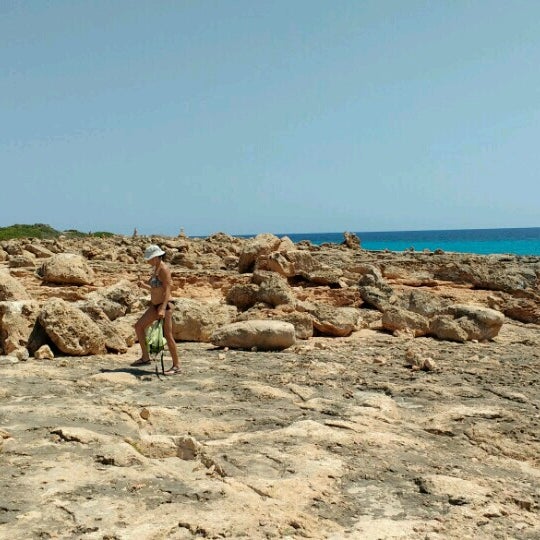Las salinas en cabo rojo: The Salt Flats of Puerto Rico
The Salt Flats of Puerto Rico
Skip to content
Previous Next
I bet you did not know there are pink salt flats in Puerto Rico! You can find them in Cabo Rojo, on the island’s southwest side. The pink flats have other names, “Cabo Rojo Salt Flats” or “Cabo Rojo Las Salinas.” I just got back for Puerto Rico, and one of the sites we went to explore is The Salt Flats of Puerto Rico.
Not necessarily a day out per se. But definitely, a delight to see! This is my first time seeing pink lakes or “pink salt flats.” I was astonished. With the color pink sprinkled throughout the water, the color pink becomes capricious, softening the horizon. The Cabo Rojo Salt Flats, or Las Salinas, is a beautiful destination in Puerto Rico. The pink water ponds in Las Salinas are complete with bright blue skies and turquoise oceans, which make the experience quite surreal.
This post may contain affiliate links. Please read our disclosure and privacy policy for more information.
What Are Pink Salt Flats?
Salt flats are characterized by pink water due to their salinity. Algae, bacteria, salt, and water cause the pink hue. Watercolor in salt flats is mainly caused by algae called Dunaliella salina. Even though it belongs to the algae family, it’s loaded with carotenoids – pigments that give orange and red fruits and vegetables their color.
Where Are the Pink Salt Flats of Puerto Rico?
Pink lakes can be found on PR-301 south of Cabo Rojo. Their location is close to several major cities, such as Mayaguez, Ponce, and Aguadilla.
Getting To Cabo Rojo – Las Salinas
The best way to access Cabo Rojo, Las Salinas, is to rent a car. There is no public transportation outside the metro areas; even then, routes are limited. Drive carefully. With other cars driving quickly, even when turning blind corners, the roads can be hazardous and narrow. Some people caution visitors about Carjackings.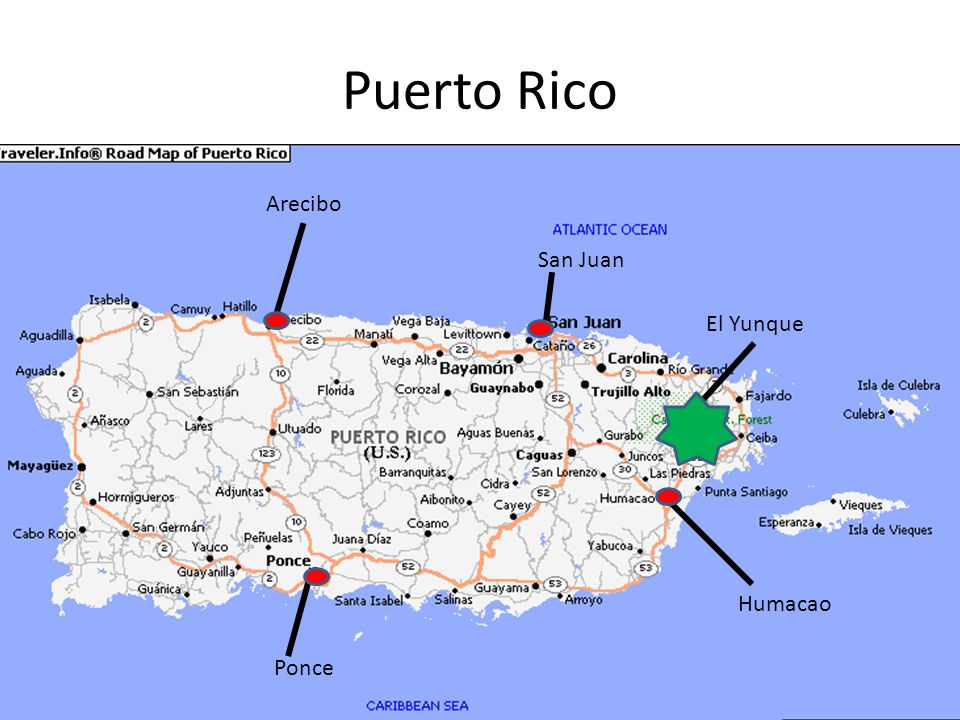 I highly doubt you will experience this unless you travel there at night, which would be pointless.
I highly doubt you will experience this unless you travel there at night, which would be pointless.
The Roads into Cabo Rojo – Las Salinas
You need to know that the main roads leading into the Pink Salt Flats are in decent condition. The minute you pass the observation tower, you will be driving on an unpredictable sand bed.
There are sections that you may not be able to cross. We could only make it halfway through because we were not in a four-wheel drive vehicle. And the water was flowing rapidly through some of the sections you needed to cross. Even with a four-wheel drive vehicle, you must assess the conditions carefully. Here is an example of what to expect:
Viewing The Salt Flats of Puerto Rico
There are approximately 1,250 acres of salt flats at Cabo Rojo. Start your hike at the visitors’ center near the observation tower for panoramic views of the colorful salt flats.
Note: When we visited, the observation tower was closed.
Don’t despair if the observation tower is closed. You can still view the pink salt flats from various locations. All you need to do is drive around the area to view the salt flats. Then, you get to the entrance, park outside and walk down to the hypersaline lagoons.
From bright pink to pale pink, the color of the water in the pond changes constantly depending on the concentration of salt. The views are spectacular, and it’s worth the trip for this reason alone. While at Cabo Rojo, you can walk the divide between the pink lakes. A sunny day is the best time to see the pink lakes’ vibrant pink hue, but you can see them all year round.
Currently, there are few regulations in place. You don’t need a guide or pay admission to enter; it’s free. You should take advantage of these salt flats while you can, as the openness of the salt flats is uncertain for the foreseeable future.
Salt flats in the area are not all pink. The coastline sports different shades, and you can stop along the way at any time.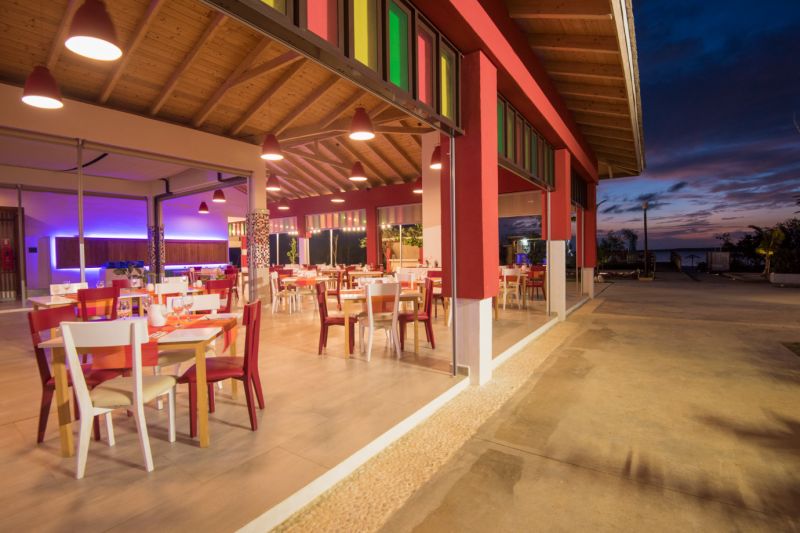 There is usually a cluster of parked cars across the street from the brightest point, not far after a large observation tower.
There is usually a cluster of parked cars across the street from the brightest point, not far after a large observation tower.
Bird Watching at The Salt Flats of Puerto Rico
The Pink Salt Flats is considered one of Puerto Rico’s best bird-watching locations. Given this, the area is officially a National Wildlife Refuge. Winter brings about 40,000 migrating birds to the area. The saline ponds have brine shrimp that serves as an excellent food source for birds.
Salt Production at Cabo Rojo Salt Flats
Cabo Rojo Salt Flats are historically significant. Salt mining is one of Puerto Rico’s oldest businesses. By 1493, the Indigenous Araucos and Tano were already extracting salt from the flats and had been doing so since 700 CE.
Spanish settlers exported salt and enslaved Indigenous populations to do the hard labor of raking up and cleaning the salt after arriving. Locals contested Spanish control, but they disapproved.
Salt Mining Today
Natural Resources Conservation Service (NRCS) funded a private landowner’s purchase of Cabo Rojo salt flats in 1999.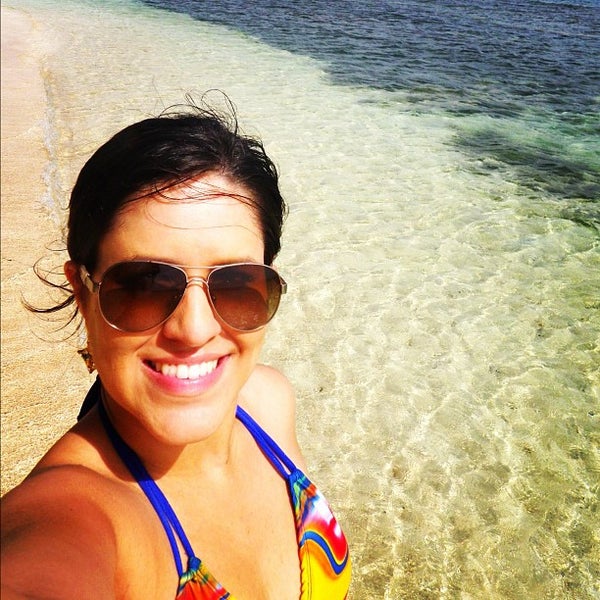 Salt production was assessed to decide whether it should be a part of the Cabo Rojo National Wildlife Refuge.
Salt production was assessed to decide whether it should be a part of the Cabo Rojo National Wildlife Refuge.
Commercial enterprises must prove that they benefit species and habitats before operating within refuges. The salt production at the site created prime habitat for shorebirds as a by-product. Consequently, Empresas Padilla, Inc. receives a particular use permit. Padilla Enterprises pays to operate within Cabo Rojo, but their rent does not support the refuge. Cabo Rojo NWR does not receive the fees they pay to the USFWS. However, the company plays a vital role in maintaining the shorebird hotspot by managing water levels at the site. When you visit, you’ll see the salt production in the process.
There are currently five employees at Cabo Rojo. A much larger workforce would be required to operate the salt flats without Empresas Padilla’s collaboration. The area is co-managed by the Caborrojeño Pro Health and Environment Committee, which has defended the ecosystems of southwest Puerto Rico since 1990.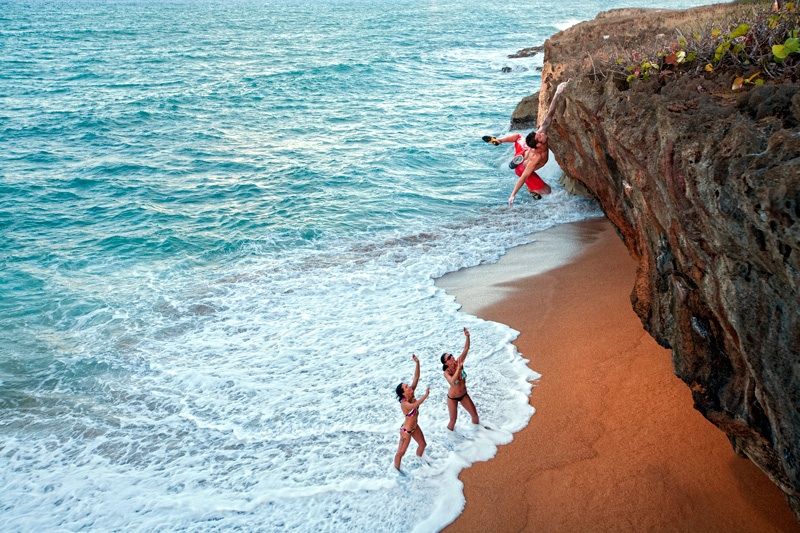
They currently receive hundreds of visitors to the Centro de Las Salinas de Cabo Rojo.
How is The Salt Made?
The salt is extracted using the sun to evaporate the seawater; that’s why they also call it solar salt.
- By connecting gates and canals, the nearby bay transfers seawater to a large pond called a hypersaline lagoon.
- As the water evaporates under the hot Caribbean sun for two or three months, its salinity increases.
- Cuajadoras or crystallizers are used to pump salt water. Essentially, these are colossal cement pools.
- As the water evaporates, salt will crystallize.
- In the hypersaline lagoon, water is pumped again to the pond. Repeating this process until a significant amount of salt is accumulated is necessary. It takes about two to three months to complete this process.
- A pump removes the excess water when there is enough salt, leaving the crystals behind.
- Salt mounds are piled up and dried in the open air before being bagged.

Los Morrillos Lighthouse
If you are lucky enough to drive over the entire salt flats, you can make it to Los Morrillos Lighthouse. At the southwest tip of Puerto Rico, the Cabo Rojo Lighthouse stands atop 200-foot limestone cliffs overlooking the Caribbean Sea.
Locals call it El Faro, the Cabo Rojo Lighthouse was built by the Spanish government in 1881 using the same design as the Fajardo and Arecibo lighthouses. Los Morrillos Lighthouse is just a little farther down Road 301. However, you can see the lighthouse in the background.
When Is the Best Time to Visit The Salt Flats of Puerto Rico?
There is no better time to visit Puerto Rico than November-April, when the weather is driest. It is a great time to visit in April and May once the winter crowds have dissipated. The weather is wetter and stormier from June to September.
Where To Stay In Cabo Rojo, Puerto Rico
Booking. com
com
Frequently Asked Questions About The Salt Flats of Puerto Rico
Why are Cabo Rojo Salt Flats pink?
Algae, bacteria, salt, and water cause the pink hue. Watercolor in salt flats is mainly caused by algae called Dunaliella salina. Even though it belongs to the algae family, it’s loaded with carotenoids – pigments that give orange and red fruits and vegetables their color.
What beach in Puerto Rico has pink sand?
Las Salinas is often casually called “Pink Beach” however it is not a beach; it’s a salt mine. It is only for admiring and taking stunning vacation photos that these waters are mesmerizing pink, pale rose, and at times pure snowy white.
Is Cabo Rojo worth visiting?
Yes! Pink salt flats are somewhat rare! Often called “Pink Lakes,” there are approximately 49 in the world. So yes, you should definitely visit.
Can you swim in Cabo Rojo?
No.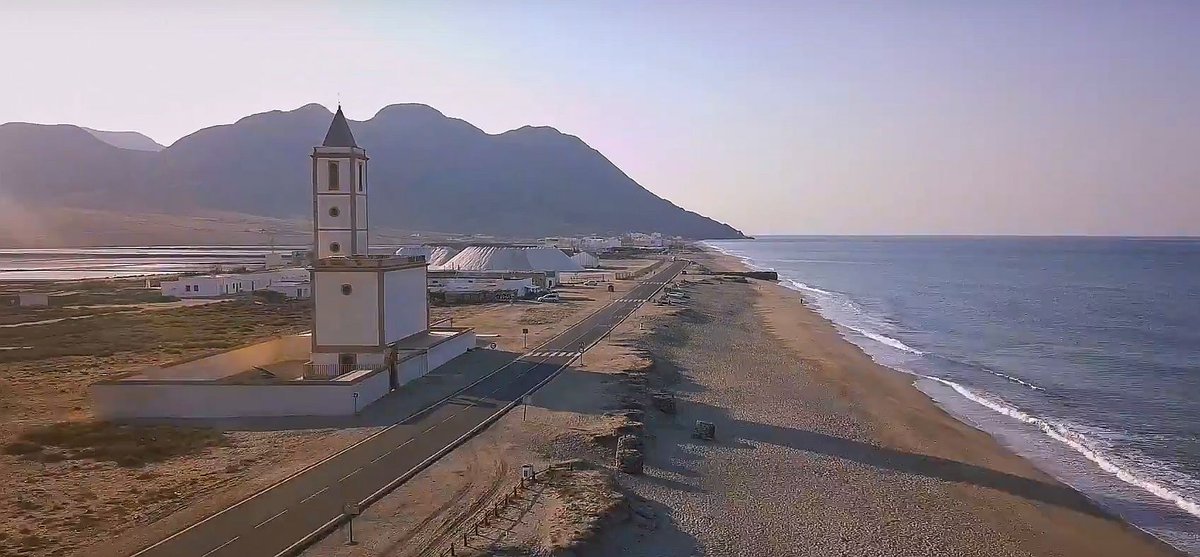 Cabo Rojo is a National Wildlife Refuge and a working salt mine. Even though there’s no one there to stop you, don’t do it! If you do, you will taint or disturb the salt in the area.
Cabo Rojo is a National Wildlife Refuge and a working salt mine. Even though there’s no one there to stop you, don’t do it! If you do, you will taint or disturb the salt in the area.
Is there a pink sand beach in Puerto Rico?
No, there is no pink sand beach in Puerto Rico. However, there are pink salt flats in Puerto Rico! You can find them in Cabo Rojo, on the island’s southwest side. The pink flats aka “Cabo Rojo Salt Flats” or “Cabo Rojo Las Salinas. Casually called “Pink Beach,” it is not a beach; it’s a salt mine and National Wildlife Refuge. It is only for admiring and taking stunning vacation photos that these waters are mesmerizing pink, pale rose, and at times pure snowy white.
Closing Thoughts
As mentioned above, visiting The Salt Flats of Puerto Rico, aka “Cabo Rojo Salt Flats” or “Cabo Rojo Las Salinas,” is not a day out. However, it’s more than worth your time. The carrying colors of pink mixed in with the hues of blue are any photographer’s dream. Instagram fanatics should have this place high on their list as the photo opportunities are abundant. Likewise, bird-watching enthusiasts will have a field day here observing the wildlife.
Instagram fanatics should have this place high on their list as the photo opportunities are abundant. Likewise, bird-watching enthusiasts will have a field day here observing the wildlife.
The real reason to visit is this historically significant site turned wildlife refuge that is still an active working salt mine. There are few places in the world where you’ll experience this wonder.
Looking for articles on navigating tropical islands? Start here:
- 6 Best Ways To Explore The Caribbean Islands
- Barbados’s Shipwrecks
- Bermuda Car Rentals – Why You Should Avoid Them
- Cuba – Yes, Americans can still travel To Cuba!
- Oasis of The Seas – The Amplified Version
- Turks and Caicos – Things To Do
We participate in the Amazon Services LLC Associates Program, an affiliate advertising program designed to provide a means for us to earn fees by linking to Amazon. com and affiliated sites.
com and affiliated sites.
Click Here To Subscribe
Subscribe to our newsletter now and get the best travel tips and inspirational stories delivered to your inbox every month. No spam, no sales pitches – JUST TRAVEL!
Click Here To Subscribe
Brit On The Move™ Travel Resources
Ready to book your next trip? Use these resources that work:
- Book your Hotel: Find the best prices; use Booking.com
- Book your Flights: Use Expedia.com for the best deals.
- Find Apartment Rentals: You will find the best prices on apartment rentals with BookingBooking.com’s Apartment Finder.
- Travel Insurance: Don’t’ Don’t’home without it. Review our Travel Insurance Guide on picking and deciding which travel insurance is right for you.
- Want to earn tons of points and make your next trip accessible? Check out our recommendations for Travel Credit Cards.

- Want To Take A Volunteer Vacation or a Working Holiday? Check out the complete guide to how here!
- Want to Shop For Travel Accessories? Check out our Travel Shop.
Need more help planning your trip? Check out our Resources Page, highlighting the great companies we trust when traveling.
Share with others!
Nikki Webster is a travel writer who covers how to travel while grinding a day job without breaking the bank. Nikki is always in search of off-the-beaten-track experiences and unique stays. She is particularly fond of Florida and writes extensively about the state. She flies around 60,000 miles per year and has visited 54 countries, 50 states, and six continents. You can read all about her travels at www.britonthemove.com or follow along on Facebook, Pinterest, and Instagram.
Page load link
These Salt Flats in Puerto Rico Are Cotton-Candy Pink | Travel
Las Salinas in Cabo Rojo National Wildlife Refuge
Gerhard/ullstein bild via Getty Images
In the Cabo Rojo National Wildlife Refuge in southwestern Puerto Rico, a quick walk through a mangrove swamp leads to an unexpected sight: cotton-candy pink water glistening in the sun. This is Las Salinas, the pink salt flats—a 1,249-acre area of two 18-inch-deep natural lagoons that have been altered to mine salt, and an Instagram-worthy destination for the fluctuating pastel shades of the water.
This is Las Salinas, the pink salt flats—a 1,249-acre area of two 18-inch-deep natural lagoons that have been altered to mine salt, and an Instagram-worthy destination for the fluctuating pastel shades of the water.
The color ranges from reddish brown to bright pink to cloudy white, all depending on the day and the weather, though more often than not it’s pink. The hue is thanks to a combination of algae, bacteria, salt and water.
An algae called Dunaliella salina is mainly responsible for the water color in the salt flats. Even though it’s in the green algae family, it’s stuffed full of carotenoids—the pigment that gives many orange and red fruits and vegetables their color. In this particular algae, those carotenoids are red. Archaea, a bacteria and prokaryotic organism (meaning it’s a single cell and doesn’t have a nucleus), floats around in the salt flats as well. It has a pigment called rhodopsin that also appears red.
instagram.com/p/CTF0B1EHA-W/?utm_source=ig_embed&utm_campaign=loading” data-instgrm-version=”14″>
View this post on Instagram
A post shared by Michelle Budget Travel (@chelletravelfoto)
The color of the water depends on the amount of algae and bacteria in the ponds, explains Lilliam Casillas Martinez, a biologist at the University of Puerto Rico at Humacao who has co-authored several studies on the microorganisms contained in the salt flats. “We have rainy seasons, when the salinity levels decrease [because there’s more water in the ponds]. When there’s less salt, the Dunaliella survives and the ponds look brownish-red,” she says. “During the dry season, it gets really salty. The Dunaliella dies and the archaea and bacteria take over. Then it becomes pink, pink, pink.”
Other hyper-salinated spots around the world have a pinkish hue too, like the pink Lake Tyrrell in Australia, the salt ponds in San Francisco Bay, and the Santa Pola saltern in Spain (though this one is more red and brown than pink).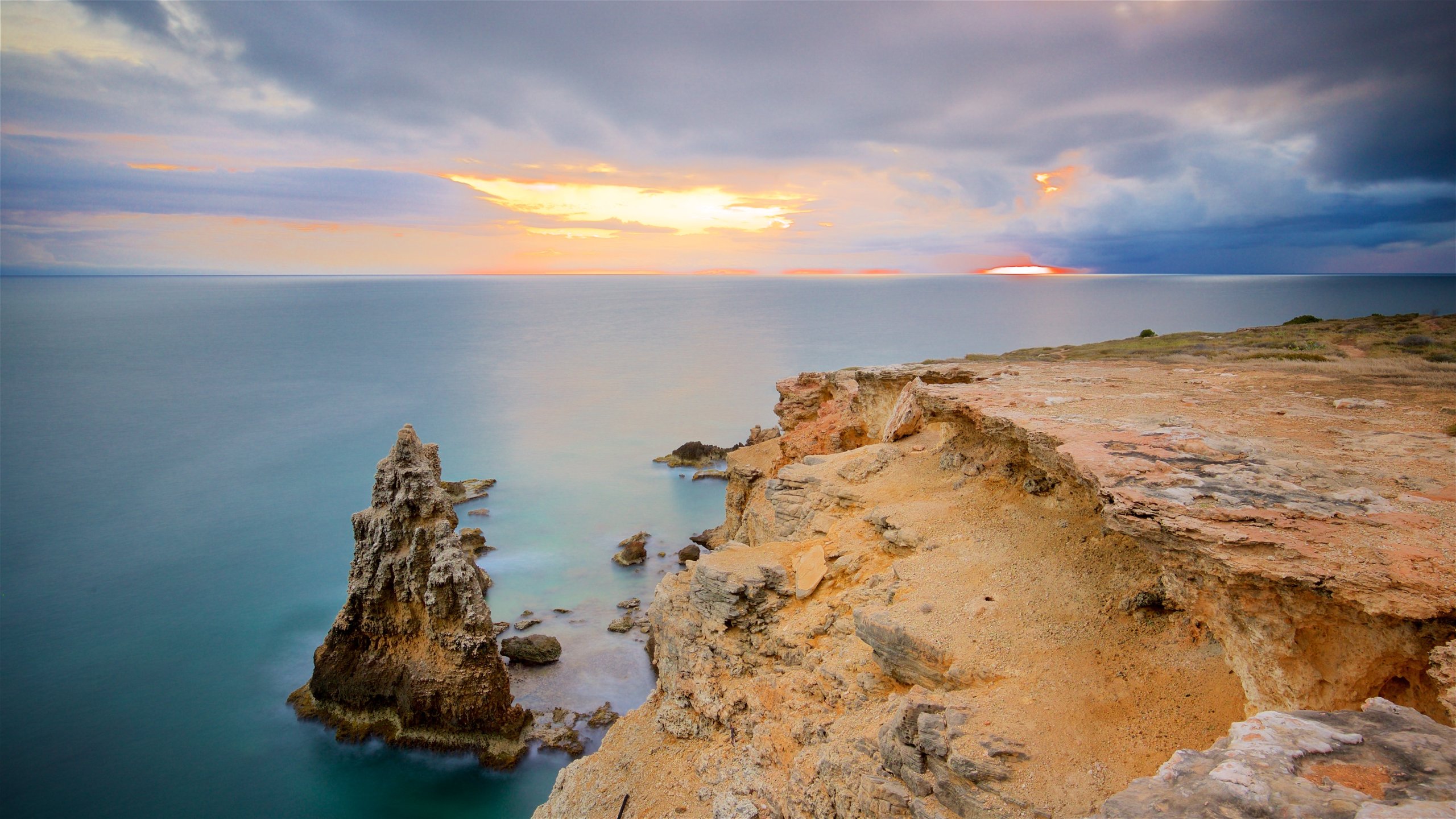 But Cabo Rojo has spectacular biodiversity and is incredibly easy to get to—making it great for a quick day trip while visiting the island.
But Cabo Rojo has spectacular biodiversity and is incredibly easy to get to—making it great for a quick day trip while visiting the island.
Salt is mined from the flats regularly—in fact, it’s one of the oldest businesses in Puerto Rico, Casillas Martinez says. When Christopher Columbus landed on the island in 1493, the Indigenous Araucos and Taíno were already extracting salt from the flats and had been since about 700 C.E. After the Spanish arrived, they began to export the salt and enslaved the Indigenous populations to do the hard labor of raking up the salt and cleaning it. But locals didn’t approve, so they fought the Spanish for control.
“There is a beach close to the salterns [man-made pools where seawater evaporates] that is called Combate, which means ‘fight,’” says Casillas Martinez, where the locals battled the Spanish for the salt flats. The salterns are walking distance from the beach, heading right along the coast. Or, you can drive through the wildlife refuge from the beach to get there.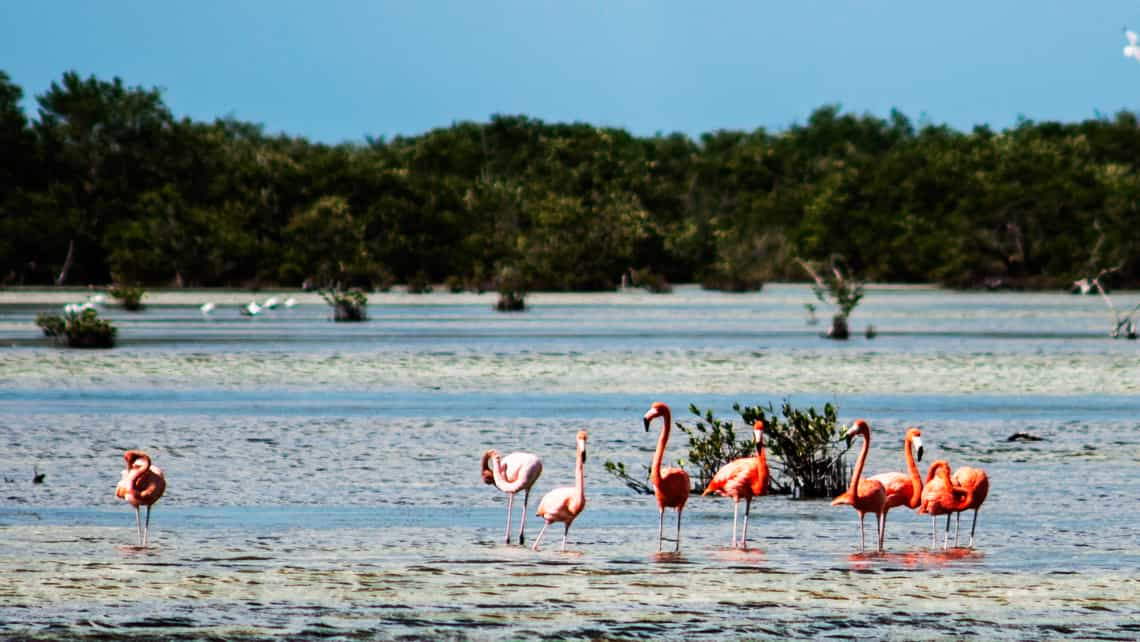
View this post on Instagram
A post shared by Madelyn Greco (@madelyn_greco)
Las Salinas and the Cabo Rojo National Wildlife Refuge came under the purview of the U.S. Fish and Wildlife Service in 1974, though a private company still mines salt there, now using heavy equipment to do the hard work.
The rainy season, April through November, makes for the best time to visit the salt flats, according to Casillas Martinez. While the watery salterns are a reddish-brown, animal life (including a huge population of sea monkeys) flourishes at this time and the surrounding plant life is newly green. But the salt flats are their pinkest in the dry season, from December to March. With less rain to dilute the organisms causing the color, visitors can see dried salt crystals lining bright pink salt flats. About 40,000 migratory birds, including brown pelicans, snowy plovers and great blue herons, winter in the salterns.
About 40,000 migratory birds, including brown pelicans, snowy plovers and great blue herons, winter in the salterns.
The Cabo Rojo Salt Flats Interpretive Center is the starting point for guided tours (contact the staff in advance for reservations), as well as self-guided walks. From there, visitors can watch a video about all the bird species in the flats, read about the area’s ecology and geology, and head out to climb the adjacent three-story-tall observation tower and then take a hike through the flats, walking both around the perimeter and through the middle of the saltern pools themselves on concrete dividers. Taking salt, wading into the pools, or climbing onto salt mounds is prohibited.
“You have mountains of salt,” says Casillas Martinez. “If you go there, it’s funny because you think it’s snow. But it’s not snow. And during the afternoons in the rainy season, it’s full of migratory birds. It’s wonderful to be there in the afternoons. You see all these birds, drinking and singing, and it’s beautiful.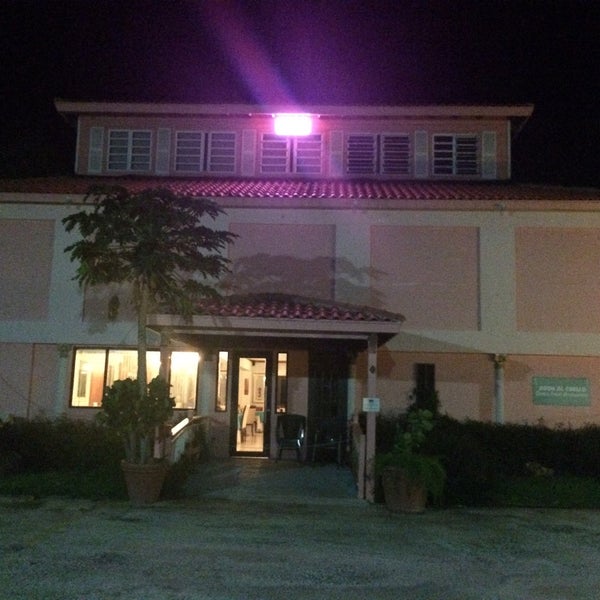 ”
”
Recommended Videos
Dominican Grand Trip 2022
If you’re into sun-drenched beaches and carefree fun under the Caribbean sun, then this is the perfect trip for you!
We invite you on a journey full of relaxation, the joy of the Caribbean way of life.
Here you will find the most famous and beautiful beaches in the Dominican Republic.
Between these idyllic beach resorts, you will see the capital of Santo Domingo and have a great time!
12 days / 11 nights
Punta Cana – Santo Domingo – San Cristobal – Neiba – Enriquillo – Barahona – Sierra de Baoruco – Pedernales Cabo Rojo – Barahona – Bani – Salinas – Casa de Campo – about. Saona – Punta Cana – Miches – Samana Peninsula – Santa Barbara – Cayo Levantado – Punta Cana
Day 1.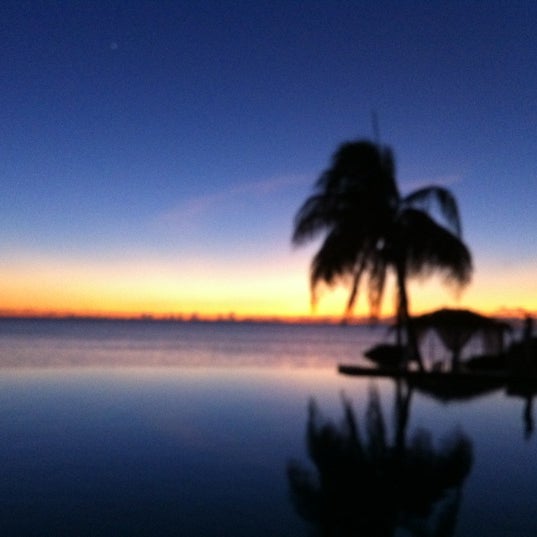 Punta Cana
Punta Cana
Arrival at Punta Cana airport. Transfer to the Iberostar Punta Cana 5* hotel or similar.
Free time. Meals on the system “All inclusive” in the hotel.
Day 2 – 3. Punta Cana
Free day at the hotel in the Caribbean.
Day 4. Punta Cana – Santo Domingo
Breakfast, lunch
Breakfast at the hotel. Departure to the Casa de Campo club. Cruise on yacht Gabriela including lunch with lobsters and fresh fish. At the end of the yacht trip, we continue our way to Santo Domingo. Upon arrival – accommodation at the Hodelpa Nicolas De Ovanolo 5 * hotel. Relaxation.
Santo Domingo – the capital of the Dominican Republic, located on the Caribbean coast, the first European city in the New World. Founded by Christopher Columbus’ brother Bartolomeo in 1496, the city is the oldest European city in all of America, the first place in the New World where a Spanish colonial empire was founded.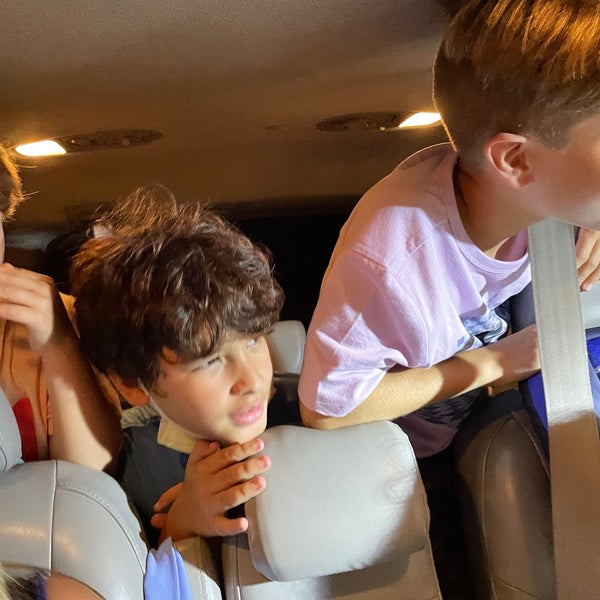 The colonial city (UNESCO) is perfectly preserved, and you will have the opportunity to walk along the very first street of America, Las Damas, along the pedestrian street El Conde, famous for its small shops and architectural masterpieces of the 20th century, visit the very first and still operating Cathedral, visit the exposition at the Alcazar (home of Diego Columbus), discover the unexplored history of the legendary Christopher Columbus, and visit the huge Columbus Lighthouse, which is one of the most ambiguous monuments to the discoverer of America in the world. In the evening on Columbus Square, we recommend visiting a restaurant or cafe with live music.
The colonial city (UNESCO) is perfectly preserved, and you will have the opportunity to walk along the very first street of America, Las Damas, along the pedestrian street El Conde, famous for its small shops and architectural masterpieces of the 20th century, visit the very first and still operating Cathedral, visit the exposition at the Alcazar (home of Diego Columbus), discover the unexplored history of the legendary Christopher Columbus, and visit the huge Columbus Lighthouse, which is one of the most ambiguous monuments to the discoverer of America in the world. In the evening on Columbus Square, we recommend visiting a restaurant or cafe with live music.
Day 5. Santo Domingo – San Cristobal – Neiba – Enriquillo
Breakfast at the hotel 90. Departure to the west to Lake Erikillo – A unique natural phenomenon and an amazing eco-complex of the Dominican Republic – Enriquillo salt lake – the largest lake on the island (265 sq. km) and the lowest point of the West Indies (44 m below sea level). This relic salt lake is 3 times saltier than the oceans. Enriquillo – the natural habitat of the American crocodile – the only predator on the island, various amphibians and endemic birds, as well as a mysterious dead forest.
km) and the lowest point of the West Indies (44 m below sea level). This relic salt lake is 3 times saltier than the oceans. Enriquillo – the natural habitat of the American crocodile – the only predator on the island, various amphibians and endemic birds, as well as a mysterious dead forest.
At the end of the tour – transfer to the hotel Casa Bonita Barahona Tropical Lodge. Hotel accommodation. Relaxation.
Day 6. Barahona – Barouco – Cabo Rojo – Aguilas – Barahona
Breakfast at the hotel. Early departure. Quest on Baoruko beach – search for Larimar stones. The Los Patos River is one of the shortest in the world. Jaragua Cabo Rojo National Park. Boat trip over the rocks to the virgin beach in Orlov Bay. Rest, swimming. Lunch at a fishing restaurant on the beach. Return to Casa Bonita Barahona Tropical Lodge. Dinner on request for a surcharge at the hotel.
Day 7 Barahona – Salinas – Bani – Santo Domingo
Departure from the hotel to the east.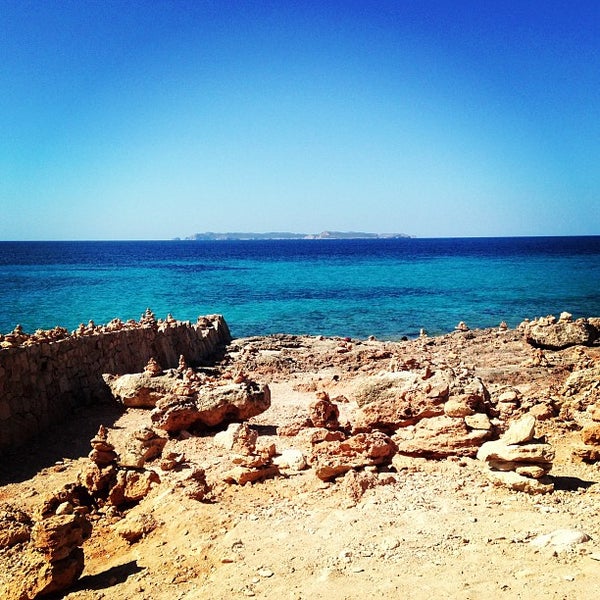 Arrival at the black beach of Punta Salinas. Pink Salt mines, acquaintance with the factory. Flamingo watching (seasonal). Walk in the desert – the Dunes of the Baths. Mango plantations and market (mango – seasonal, other fruits and sweets – all the time). Tasting along the way. Moving to the capital. Accommodation at the hotel Hodelpa Nicolas De Ovanolo 5 * VV. Free time in the city. We recommend shopping, visiting the aquarium or the botanical garden, or walking along the old streets where you can have dinner (depending on the time of arrival).
Arrival at the black beach of Punta Salinas. Pink Salt mines, acquaintance with the factory. Flamingo watching (seasonal). Walk in the desert – the Dunes of the Baths. Mango plantations and market (mango – seasonal, other fruits and sweets – all the time). Tasting along the way. Moving to the capital. Accommodation at the hotel Hodelpa Nicolas De Ovanolo 5 * VV. Free time in the city. We recommend shopping, visiting the aquarium or the botanical garden, or walking along the old streets where you can have dinner (depending on the time of arrival).
City of Bani is traditionally considered the mango capital of the Dominican Republic. In total, more than (!) 50 types of “Great Fruit” are grown in the country. Local shops sell to everyone various types of this tasty and very healthy fruit – from the smallest to the huge royal ones. In the Dominican Republic, mango, unlike other fruits, is seasonal (excluding hybrids). The fruits begin to ripen in March, and stop harvesting around the end of November. Mango Expo exhibitions are held annually in the first half of June.
Mango Expo exhibitions are held annually in the first half of June.
Not far from the city of Bani, the capital of the province of Peravia, there is a unique nature reserve for the region – “The Dunes of Bani” (Las Dunes de Bani) – the only place on the island, and indeed in all the Caribbean, where you can find yourself in a real desert.
Punta Salinas – one of the most beautiful and interesting places in the Dominican Republic, discovered by the great navigator Christopher Columbus on July 30, 1502. The sand here is of an unusual color for the Dominican Republic – dark gray, almost black, of volcanic origin. Salinas is famous for the extraction of sea salt – the whole process is still carried out almost by hand. For the unprecedented authenticity and photogenic design, this place is extremely loved by photographers from the Dominican Republic and around the world. And various exotic birds fell in love with pink salt mines and, if you’re lucky, you can watch pink flamingos.
Saona – Punta Cana
Breakfast at the hotel. Departure to the City of Millionaires: Casa de Campo. Walk in the City of Artists – Altos de Chavon. Bayahibe Port: Southeast National Park – Sailing catamaran and speedboat ride in the Caribbean Sea to the Blue Lagoon Shoal and Saona Island. Lunch, swimming and rest on the island. Return to port. Transfer to Punta Cana. Accommodation at the Iberostar Punta Cana 5 * AI All Inclusive hotel.
Casa de Campo , translated from Spanish as “House in the country”, is a real city in the city, where famous movie stars, politicians and show business live and relax. On its territory in the 70s, a small village was built, stylized as Italy of the 15th century – Altos de Chavon or the City of Artists: cozy green streets, an amphitheater in the Greek style, the Church of St. Stanislaus (where, as they say, Michael Jackson got married) archaeological museum and a gorgeous panorama of the Chavon River, famous for cinema.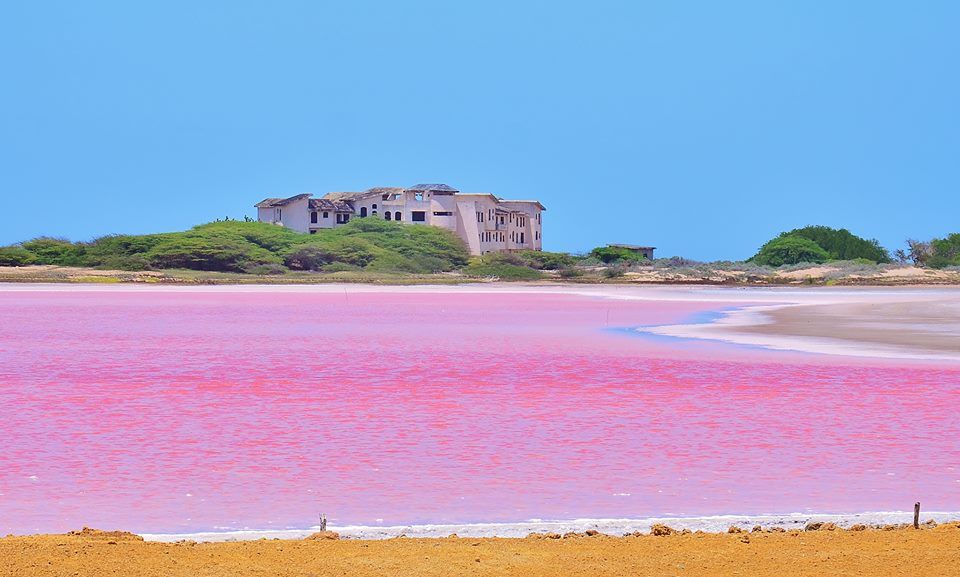 Nice place for walking and photography.
Nice place for walking and photography.
The same shoal in the middle of the sea, which is famous for the life of orange sea stars, is called by the locals Palmillas, as well as the Blue Lagoon, after the filming of the Hollywood film of the same name. You will stop and swim in the “natural pool” created by nature, amazing beauty and Cuba Libre right in the water!
Saona Island – the largest island in the Caribbean, belonging to the Dominican Republic, part of the Southeast National Park – a real “paradise on earth”. You will have the opportunity to enjoy the white sandy beach of Saona, dine, take pictures in the natural “Bounty” scenery created by nature and have fun with the Dominican animation team on board the sailing catamaran.
Punta Cana (Bavaro ) is a real tourist paradise: snow-white beaches, groves of coconut palms, the warmest turquoise Atlantic Ocean, fenced off from the waves by a natural reef and magnificent hotels operating on the AI ”all inclusive” system.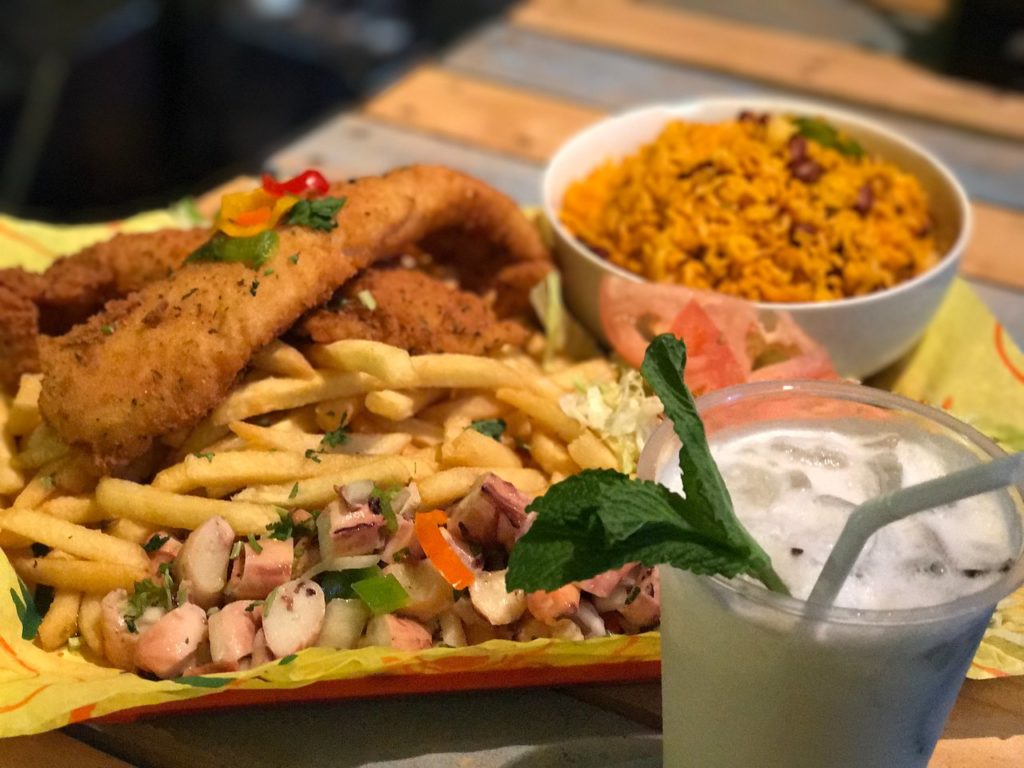 Guests will be offered a range of services and entertainment, food and drinks.
Guests will be offered a range of services and entertainment, food and drinks.
0003
Free day at the hotel on the Atlantic coast. Meals on the system “All inclusive”. Optional optional excursion (booked in advance and at an additional cost)
*Recommended visit:
1) Dominican Outback: Jeep safari. Opportunity to drive! (requires driver’s license). This is an opportunity to immerse yourself in the life and peculiarities of the life of the Dominicans: sugar cane plantations, villages remote from the tourist zone, fruits, coffee, cocoa, visiting a real Dominican ranch and horseback riding. And a bonus! Bungee ride among palm trees right in the mountains!
The route will take you along the valleys and mountains of La Altagracia, visiting the famous Macau Beach, where you can swim. All day adventures in modern SUVs! Lunch and soft drinks are included.
price: from $140 per adult
2) Helicopter flight over the coast:
Enjoy the beauty of the island from a bird’s eye view! Traveling in a small helicopter along the coastline of Bavaro, you can capture amazing tropical landscapes and coastal panoramas, and even ask the pilot to hover over your hotel.
cost: from $90 per adult.
Day 10. Punta Cana – Samana – about. Bacardi – Punta Cana
Breakfast at the hotel. A trip to the most tropical northern reserve – the Samana Peninsula.
Port of Las Canitas. Transfer by catamaran to the Samana Peninsula: Ranch, horseback riding to the El Limon waterfall. Bathing. Lunch at the ranch. Santa Barbara. Transfer to the island by catamaran*: Bacardi island of Cayo Levantado. Boat trip to Las Canitas. Return to Punta Cana in the evening.
*every year from mid-January to mid-March – humpback whale watching in Samana Bay.
Samana Peninsula – is untouched, lush jungle, mountains covered with coconut palms, mountain rivers and, of course, cascades and waterfalls. The most famous is the Lemon Falls, one of the highest on the island, which can be reached on horseback on a small Creole horse, accompanied by local guides. According to the legend, after swimming in the waters of Lemon, you will definitely get rich in the shortest possible time. As part of the trip, you will get acquainted with the life of the Samanchans in the village, on the ranch, and also visit the cozy capital of the province – the city of Santa Barbara de Samana.
As part of the trip, you will get acquainted with the life of the Samanchans in the village, on the ranch, and also visit the cozy capital of the province – the city of Santa Barbara de Samana.
Take a boat trip to the island of Bacardi, where the famous rum advertisement of the same name was filmed. Cayo Levantado Island (Baccardi Island) is a tiny island in the middle of Samana Bay with a panoramic beach on the peninsula and a cozy shady park where you can relax, swim and admire the views and flying giant frigates and pelicans, watch the underwater world. We recommend buying a Piña Colada cocktail in fresh pineapple from the locals.
Day 11 Punta Cana
Free day at the hotel on the Atlantic coast Meals on the system “All inclusive”. An optional day trip can be booked in advance and at an additional cost.
In the evening — Gala dinner. Celebration of the end of the tour.
*Recommended visit:
1) Coco Bongo – the best night club theater with live performances, acrobats, dancers, confetti, special effects, high quality equipment and professional service, non-stop party until three in the morning – unique club and one in this style all over the world. Don’t miss the opportunity to visit the most famous cabaret nightclub in Latin America!
Cost: from $70 per adult (includes transfer, entrance, open bar), only 18+
pirates. After arriving at Shark Island, swimming with sharks and stingrays, feeding fish, competitions, dances, pranks that will leave you an unforgettable experience!
Cost: $120 per adult.
Day 12. Punta Cana
Free time. Meals on the system “All inclusive” in the hotel.
12:00 – check-out of hotel rooms. Luggage check-in at the storage room. Meals and drinks are included until you leave the hotel for the airport.
It is possible to arrange the Late Check Out service for an additional fee.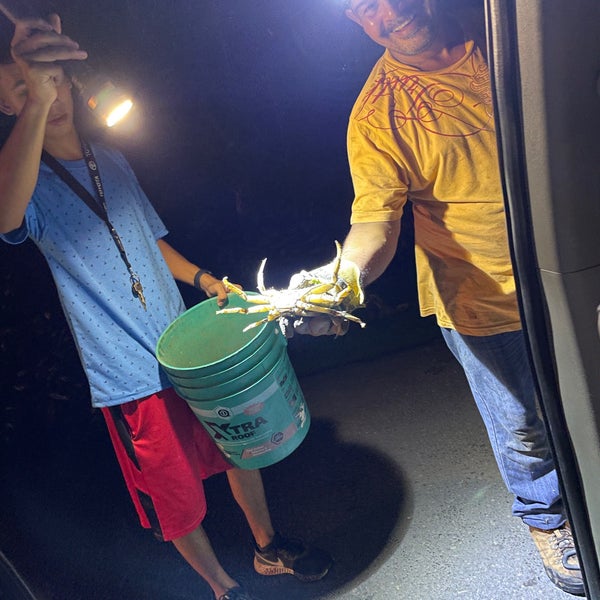 fee and subject to availability, specifying this information at the reception in the morning on the day of departure. After lunch – transfer to the airport. Homecoming.
fee and subject to availability, specifying this information at the reception in the morning on the day of departure. After lunch – transfer to the airport. Homecoming.
*Slight changes are possible in the program. Guided tours are guaranteed, but the order of the tour is subject to change.
COST per person for a group of 4-6 people from $ 4550 USD |
COST per person for a group of 10 people from $ 3576 USD |
Price includes:
- Accommodation and meals according to the hotel plan]
- Transfers on the day of arrival/departure (A-rt Punta Cana)
- Excursions accompanied by a Russian-speaking guide
- Lunches, snacks, drinks on excursions according to the program
- Entrance fees to museums, National parks
- Transfers on a comfortable bus, boats, catamarans
Additional charge:
- Transfer from/to airport other than Punta Cana
- Optional excursions not included in the program
- Meals not included in the program (Day 4,5,6,7 – dinners)
- Supplement for single accommodation
- Extended stay at an all-inclusive hotel
- Hotel/room upgrade
- Personal expenses and purchases
- Tips for drivers, guides, equestrians (volunteers) on Samana 9029four
*The host has the right to change the hotels indicated in the program to other hotels of the same category.
*The host party reserves the right to change the order of excursions subject to the tour program.
* Prices are subject to change, the final cost of the tour will be indicated upon confirmation of all services and checking the cost of flights on the date of booking the tour0003
Tour price calculation for your dates:
By submitting an application, I accept the user agreement
We use your data only for ordering and emergency communication with you, and do not transfer them to third parties.
If you’re into sun-drenched beaches and carefree fun under the Caribbean sun, then this is the perfect trip for you!
We invite you on a journey full of relaxation, the joy of the Caribbean way of life.
Here you will find the most famous and beautiful beaches in the Dominican Republic.
Between these idyllic beach resorts, you will see the capital of Santo Domingo and have a great time!
12 days / 11 nights
Punta Cana – Santo Domingo – San Cristobal – Neiba – Enriquillo – Barahona – Sierra de Baoruco – Pedernales Domino Rojo – Saninas – Barahona – – Casa de Campo – about. Saona – Punta Cana – Miches – Samana Peninsula – Santa Barbara – Cayo Levantado – Punta Cana
Saona – Punta Cana – Miches – Samana Peninsula – Santa Barbara – Cayo Levantado – Punta Cana
Day 1. Punta Cana
Arrival at Punta Cana airport. Transfer to the Iberostar Punta Cana 5* hotel or similar.
Free time. Meals on the system “All inclusive” in the hotel.
Day 2 – 3. Punta Cana
Free day at the hotel in the Caribbean.
Day 4 Punta Cana – Santo Domingo
Breakfast, lunch
Breakfast at the hotel. Departure to the Casa de Campo club. Cruise on yacht Gabriela including lunch with lobsters and fresh fish. At the end of the yacht trip, we continue our way to Santo Domingo. Upon arrival – accommodation at the Hodelpa Nicolas De Ovanolo 5 * hotel. Relaxation.
Santo Domingo – the capital of the Dominican Republic, located on the Caribbean coast, the first European city in the New World. Founded by Christopher Columbus’ brother Bartolomeo in 1496, the city is the oldest European city in all of America, the first place in the New World where a Spanish colonial empire was founded. The colonial city (UNESCO) is perfectly preserved, and you will have the opportunity to walk along the very first street of America, Las Damas, along the pedestrian street El Conde, famous for its small shops and architectural masterpieces of the 20th century, visit the very first and still operating Cathedral, visit the exposition at the Alcazar (home of Diego Columbus), discover the unexplored history of the legendary Christopher Columbus, and visit the huge Columbus Lighthouse, which is one of the most ambiguous monuments to the discoverer of America in the world. In the evening on Columbus Square, we recommend visiting a restaurant or cafe with live music.
Founded by Christopher Columbus’ brother Bartolomeo in 1496, the city is the oldest European city in all of America, the first place in the New World where a Spanish colonial empire was founded. The colonial city (UNESCO) is perfectly preserved, and you will have the opportunity to walk along the very first street of America, Las Damas, along the pedestrian street El Conde, famous for its small shops and architectural masterpieces of the 20th century, visit the very first and still operating Cathedral, visit the exposition at the Alcazar (home of Diego Columbus), discover the unexplored history of the legendary Christopher Columbus, and visit the huge Columbus Lighthouse, which is one of the most ambiguous monuments to the discoverer of America in the world. In the evening on Columbus Square, we recommend visiting a restaurant or cafe with live music.
Day 5. Santo Domingo – San Cristobal – Neiba – Enriquillo
Breakfast at the hotel 90. Departure to the west to Lake Erikillo – A unique natural phenomenon and an amazing eco-complex of the Dominican Republic – Enriquillo salt lake – the largest lake on the island (265 sq. km) and the lowest point of the West Indies (44 m below sea level). This relic salt lake is 3 times saltier than the oceans. Enriquillo – the natural habitat of the American crocodile – the only predator on the island, various amphibians and endemic birds, as well as a mysterious dead forest.
Departure to the west to Lake Erikillo – A unique natural phenomenon and an amazing eco-complex of the Dominican Republic – Enriquillo salt lake – the largest lake on the island (265 sq. km) and the lowest point of the West Indies (44 m below sea level). This relic salt lake is 3 times saltier than the oceans. Enriquillo – the natural habitat of the American crocodile – the only predator on the island, various amphibians and endemic birds, as well as a mysterious dead forest.
At the end of the tour – transfer to the hotel Casa Bonita Barahona Tropical Lodge. Hotel accommodation. Relaxation.
Day 6. Barahona – Barouco – Cabo Rojo – Aguilas – Barahona
Breakfast at the hotel. Early departure. Quest on Baoruko beach – search for Larimar stones. The Los Patos River is one of the shortest in the world. Jaragua Cabo Rojo National Park. Boat trip over the rocks to the virgin beach in Orlov Bay. Rest, swimming. Lunch at a fishing restaurant on the beach. Return to Casa Bonita Barahona Tropical Lodge. Dinner on request for a surcharge at the hotel.
Return to Casa Bonita Barahona Tropical Lodge. Dinner on request for a surcharge at the hotel.
Day 7 Barahona – Salinas – Bani – Santo Domingo
Departure from the hotel to the east. Arrival at the black beach of Punta Salinas. Pink Salt mines, acquaintance with the factory. Flamingo watching (seasonal). Walk in the desert – the Dunes of the Baths. Mango plantations and market (mango – seasonal, other fruits and sweets – all the time). Tasting along the way. Moving to the capital. Accommodation at the hotel Hodelpa Nicolas De Ovanolo 5 * VV. Free time in the city. We recommend shopping, visiting the aquarium or the botanical garden, or walking along the old streets where you can have dinner (depending on the time of arrival).
City of Bani is traditionally considered the mango capital of the Dominican Republic. In total, more than (!) 50 types of “Great Fruit” are grown in the country.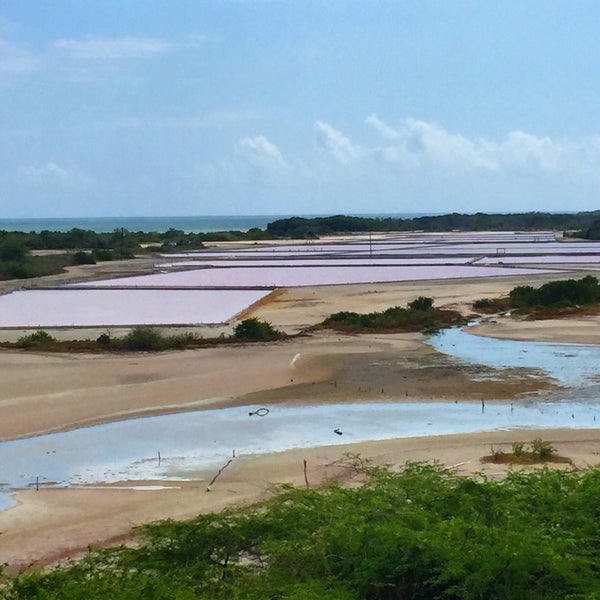 Local shops sell to everyone various types of this tasty and very healthy fruit – from the smallest to the huge royal ones. In the Dominican Republic, mango, unlike other fruits, is seasonal (excluding hybrids). The fruits begin to ripen in March, and stop harvesting around the end of November. Mango Expo exhibitions are held annually in the first half of June.
Local shops sell to everyone various types of this tasty and very healthy fruit – from the smallest to the huge royal ones. In the Dominican Republic, mango, unlike other fruits, is seasonal (excluding hybrids). The fruits begin to ripen in March, and stop harvesting around the end of November. Mango Expo exhibitions are held annually in the first half of June.
Not far from the city of Bani, the capital of the province of Peravia, there is a unique nature reserve for the region – “The Dunes of Bani” (Las Dunes de Bani) – the only place on the island, and indeed in all the Caribbean, where you can find yourself in a real desert.
Punta Salinas – one of the most beautiful and interesting places in the Dominican Republic, discovered by the great navigator Christopher Columbus on July 30, 1502. The sand here is of an unusual color for the Dominican Republic – dark gray, almost black, of volcanic origin. Salinas is famous for the extraction of sea salt – the whole process is still carried out almost by hand.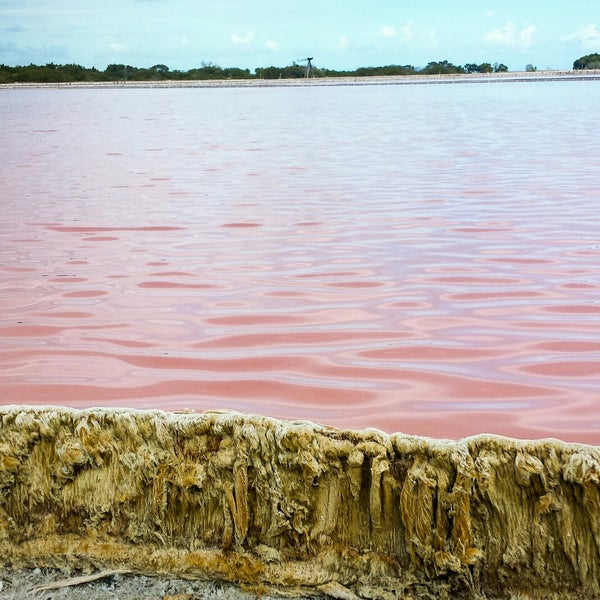 For the unprecedented authenticity and photogenic design, this place is extremely loved by photographers from the Dominican Republic and around the world. And various exotic birds fell in love with pink salt mines and, if you’re lucky, you can watch pink flamingos.
For the unprecedented authenticity and photogenic design, this place is extremely loved by photographers from the Dominican Republic and around the world. And various exotic birds fell in love with pink salt mines and, if you’re lucky, you can watch pink flamingos.
Saona – Punta Cana
Breakfast at the hotel. Departure to the City of Millionaires: Casa de Campo. Walk in the City of Artists – Altos de Chavon. Bayahibe Port: Southeast National Park – Sailing catamaran and speedboat ride in the Caribbean Sea to the Blue Lagoon Shoal and Saona Island. Lunch, swimming and rest on the island. Return to port. Transfer to Punta Cana. Accommodation at the Iberostar Punta Cana 5 * AI All Inclusive hotel.
Casa de Campo , translated from Spanish as “House in the country”, is a real city in the city, where famous movie stars, politicians and show business live and relax.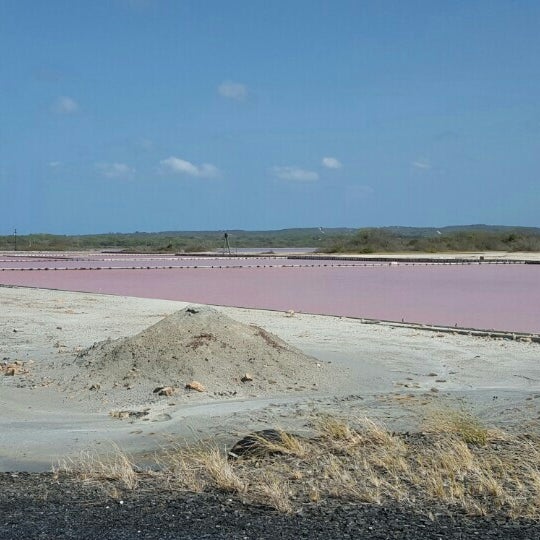 On its territory in the 70s, a small village was built, stylized as Italy of the 15th century – Altos de Chavon or the City of Artists: cozy green streets, an amphitheater in the Greek style, the Church of St. Stanislaus (where, as they say, Michael Jackson got married) archaeological museum and a gorgeous panorama of the Chavon River, famous for cinema. Nice place for walking and photography.
On its territory in the 70s, a small village was built, stylized as Italy of the 15th century – Altos de Chavon or the City of Artists: cozy green streets, an amphitheater in the Greek style, the Church of St. Stanislaus (where, as they say, Michael Jackson got married) archaeological museum and a gorgeous panorama of the Chavon River, famous for cinema. Nice place for walking and photography.
The same shoal in the middle of the sea, which is famous for the life of orange sea stars, is called by the locals Palmillas, as well as the Blue Lagoon, after the filming of the Hollywood film of the same name. You will stop and swim in the “natural pool” created by nature, amazing beauty and Cuba Libre right in the water!
Saona Island – the largest island in the Caribbean, belonging to the Dominican Republic, part of the Southeast National Park – a real “paradise on earth”. You will have the opportunity to enjoy the white sandy beach of Saona, dine, take pictures in the natural “Bounty” scenery created by nature and have fun with the Dominican animation team on board the sailing catamaran.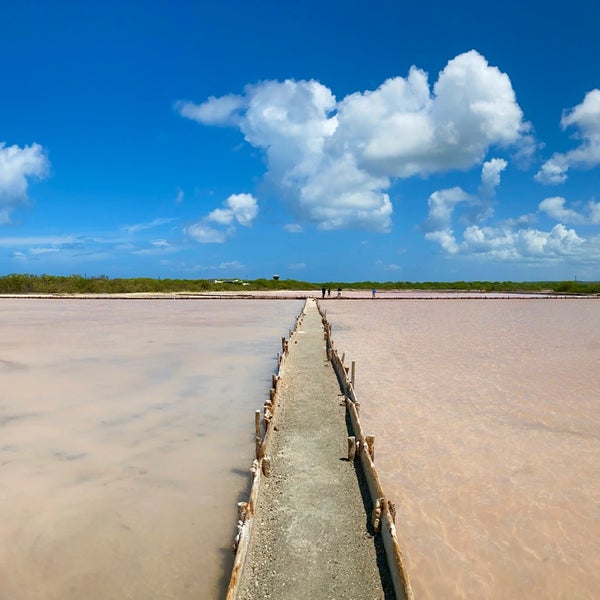
Punta Cana (Bavaro ) is a real tourist paradise: snow-white beaches, groves of coconut palms, the warmest turquoise Atlantic Ocean, fenced off from the waves by a natural reef and magnificent hotels operating on the AI ”all inclusive” system. Guests will be offered a range of services and entertainment, food and drinks.
0003
Free day at the hotel on the Atlantic coast. Meals on the system “All inclusive”. Optional optional excursion (booked in advance and at an additional cost)
*Recommended visit:
1) Dominican Outback: Jeep safari. Opportunity to drive! (requires driver’s license). This is an opportunity to immerse yourself in the life and peculiarities of the life of the Dominicans: sugar cane plantations, villages remote from the tourist zone, fruits, coffee, cocoa, visiting a real Dominican ranch and horseback riding. And a bonus! Bungee ride among palm trees right in the mountains!
The route will take you along the valleys and mountains of La Altagracia, visiting the famous Macau Beach, where you can swim. All day adventures in modern SUVs! Lunch and soft drinks are included.
All day adventures in modern SUVs! Lunch and soft drinks are included.
price: from $140 per adult
2) Helicopter flight over the coast:
Enjoy the beauty of the island from a bird’s eye view! Traveling in a small helicopter along the coastline of Bavaro, you can capture amazing tropical landscapes and coastal panoramas, and even ask the pilot to hover over your hotel.
cost: from $90 per adult.
Day 10. Punta Cana – Samana – about. Bacardi – Punta Cana
Breakfast at the hotel. A trip to the most tropical northern reserve – the Samana Peninsula.
Port of Las Canitas. Transfer by catamaran to the Samana Peninsula: Ranch, horseback riding to the El Limon waterfall. Bathing. Lunch at the ranch. Santa Barbara. Transfer to the island by catamaran*: Bacardi island of Cayo Levantado. Boat trip to Las Canitas. Return to Punta Cana in the evening.
*every year from mid-January to mid-March – humpback whale watching in Samana Bay.
Samana Peninsula – is untouched, lush jungle, mountains covered with coconut palms, mountain rivers and, of course, cascades and waterfalls. The most famous is the Lemon Falls, one of the highest on the island, which can be reached on horseback on a small Creole horse, accompanied by local guides. According to the legend, after swimming in the waters of Lemon, you will definitely get rich in the shortest possible time. As part of the trip, you will get acquainted with the life of the Samanchans in the village, on the ranch, and also visit the cozy capital of the province – the city of Santa Barbara de Samana.
Take a boat trip to the island of Bacardi, where the famous rum advertisement of the same name was filmed. Cayo Levantado Island (Baccardi Island) is a tiny island in the middle of Samana Bay with a panoramic beach on the peninsula and a cozy shady park where you can relax, swim and admire the views and flying giant frigates and pelicans, watch the underwater world. We recommend buying a Piña Colada cocktail in fresh pineapple from the locals.
We recommend buying a Piña Colada cocktail in fresh pineapple from the locals.
Day 11 Punta Cana
Free day at the hotel on the Atlantic coast Meals on the system “All inclusive”. An optional day trip can be booked in advance and at an additional cost.
In the evening — Gala dinner. Celebration of the end of the tour.
*Recommended visit:
1) Coco Bongo – the best night club theater with live performances, acrobats, dancers, confetti, special effects, high quality equipment and professional service, non-stop party until three in the morning – unique club and one in this style all over the world. Don’t miss the opportunity to visit the most famous cabaret nightclub in Latin America!
Cost: from $70 per adult (includes transfer, entrance, open bar), only 18+
pirates. After arriving at Shark Island, swimming with sharks and stingrays, feeding fish, competitions, dances, pranks that will leave you an unforgettable experience!
Cost: $120 per adult.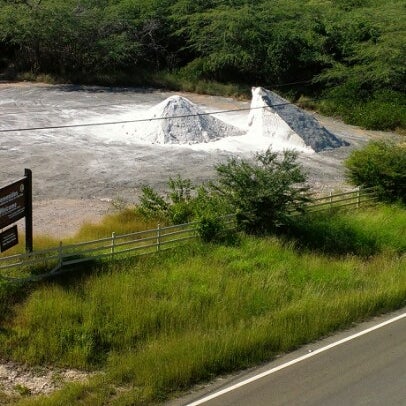
Day 12. Punta Cana
Free time. Meals on the system “All inclusive” in the hotel.
12:00 – check-out of hotel rooms. Luggage check-in at the storage room. Meals and drinks are included until you leave the hotel for the airport.
It is possible to arrange the Late Check Out service for an additional fee. fee and subject to availability, specifying this information at the reception in the morning on the day of departure. After lunch – transfer to the airport. Homecoming.
*Slight changes are possible in the program. Guided tours are guaranteed, but the order of the tour is subject to change.
COST per person for a group of 4-6 people from $ 4550 USD |
COST per person for a group of 10 people from $ 3576 USD |
Price includes:
- Accommodation and meals according to the hotel plan]
- Transfers on the day of arrival/departure (A-rt Punta Cana)
- Excursions accompanied by a Russian-speaking guide
- Lunches, snacks, drinks on excursions according to the program
- Entrance fees to museums, National parks
- Transfers on a comfortable bus, boats, catamarans
Additional charge:
- Transfer from/to airport other than Punta Cana
- Optional excursions not included in the program
- Meals not included in the program (Day 4,5,6,7 – dinners)
- Supplement for single accommodation
- Extended stay at an all-inclusive hotel
- Hotel/room upgrade
- Personal expenses and purchases
- Tips for drivers, guides, equestrians (volunteers) on Samana 9029four
*The host has the right to change the hotels indicated in the program to other hotels of the same category.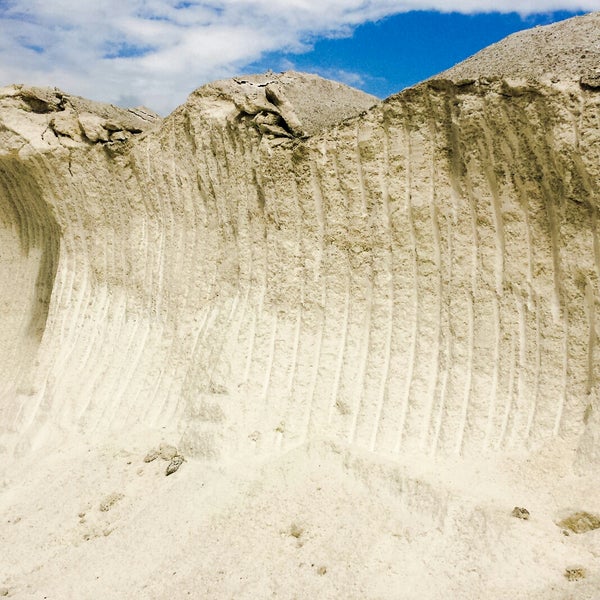
*The host party reserves the right to change the order of excursions subject to the tour program.
* Prices are subject to change, the final cost of the tour will be indicated upon confirmation of all services and checking the cost of flights on the date of booking the tour0003
Excursion and beach tour to the Dominican Republic on March 8!
Day 1. La Romana
Direct flight from Kyiv to the Dominican Republic. Flight data:
02/27/2021 flight PS 6525 departure from Kyiv at 01:30, arrival in La Romana at 08:30.
Transfer to a 4* Caribbean hotel, including all-inclusive meals, La Romana resort.
La Romana is a small and cozy town in close proximity to the airport. It arose in the years when the sugar industry of the Dominican Republic was born, so we are provided with sweet days. The most common holiday attributes in the popular resort of La Romana are the turquoise Caribbean Sea, blue sky, white and flour-soft sand.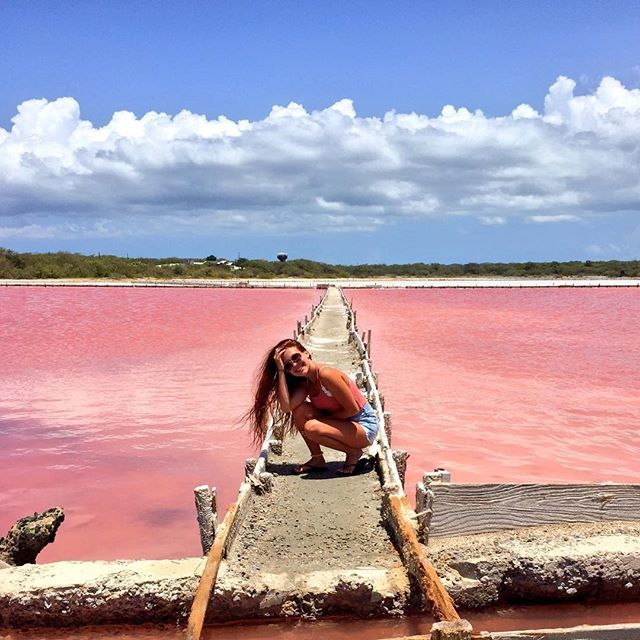 What else do you need to relax after a flight?
What else do you need to relax after a flight?
Welcome to Espanyola!
Day 2. La Romana
Breakfast in the hotel.
Free day to relax on the Atlantic coast.
Optional, optional excursion (booked in advance for an additional fee).
Day 3. O. Saona
Breakfast in the hotel.
Full day excursion to about. Saona.
Saona Island is located in the Caribbean and is a real visiting card of the Dominican Republic. There are gorgeous beaches with azure water, the Blue Lagoon and a sandbank with a thousand starfish.
And the island gained worldwide fame after the shooting of the bounty chocolate advertisement took place here.
Tourists are not allowed to live permanently on the island. However, it is not uninhabited. Saona has a small fishing village with about 300 families.
Saona area 112 sq km. However, the beach area is much smaller. For tourist recreation, only the southern part of the island is available, and even then not completely.
The history of the island, where the name Saona came from, who is allowed to settle on paradise beaches, can be found during our tour.
Upon return from the tour, accommodation at the hotel. Relaxation.
Day 4. Santo Domingo
Early departure from the hotel in the direction of Santo Domingo, on the way we watch the Three Eyes caves and the Columbus lighthouse.
We will walk through the shady Mirador del Este park and visit the cenote – Three Eyes caves – a rare natural reserve with blue underground lakes, each of which is different in color. Remember the movie Indiana Jones? It is to the distant, hidden lake that we will be taken on a wooden raft so that we can admire all the beauties of the park.
After we get acquainted with the modern metropolis and a historical excursion to the very first city of the New World – Santo Domingo.
Founded by Christopher Columbus’ brother Bartolomeo in 1496, the city is the oldest city in all of America. The colonial city (UNESCO) is perfectly preserved, and you will have the opportunity to walk along the very first street of America, Las Damas, along the pedestrian street El Conde, famous for its small shops and architectural masterpieces of the 20th century, visit the very first and still operating The Cathedral, the exposition in the Alcazar (Columbus’s home), discover the unexplored history of the legendary figure of Christopher Columbus, and also go to the huge Columbus Lighthouse, which is one of the most ambiguous monuments to the discoverer of America in the world.
The colonial city (UNESCO) is perfectly preserved, and you will have the opportunity to walk along the very first street of America, Las Damas, along the pedestrian street El Conde, famous for its small shops and architectural masterpieces of the 20th century, visit the very first and still operating The Cathedral, the exposition in the Alcazar (Columbus’s home), discover the unexplored history of the legendary figure of Christopher Columbus, and also go to the huge Columbus Lighthouse, which is one of the most ambiguous monuments to the discoverer of America in the world.
At the end of the tour, accommodation in a cozy hotel in the old town.
In the evening, be sure to take a walk to the central square, where we recommend visiting a restaurant with live music, watching the townspeople and tasting local cocktails and cuisine. A unique opportunity to see the real living Santo Domingo and feel like Don Corleone.
Day 5. Enriquillo – Punta Salinas
Breakfast in the hotel. Moving to Enriquillo.
Moving to Enriquillo.
Among the mountains of the Sierra Baoruco lies a real treasure – a huge salt lake Enriquillo. The first people you will meet before we go for a walk on the lake are iguanas living in their natural environment. These incredible animals love to eat fruit, so be sure to stock up on treats ahead of time. Enriquillo is the largest lake on the island (265 sq. km) and a unique natural phenomenon, habitat for various amphibians and hundreds of endemic birds, which we will definitely meet along the way. We will take a boat trip to the gloomy dead forest, among the branches of which formidable reptiles lurk – American crocodiles.
Then we will go to the desert of Bani, the mounds of which reach 35 meters. Our walk among the ancient sands will reach the Caribbean Sea, where we can relax in complete solitude among the two elements. The most amazing thing is that this is the only desert in the Caribbean!
Next we will reach the beach of Cape Punta Salinas – one of the most picturesque places in the Dominican Republic, discovered by Christopher Columbus in 1502. The sand here is of an unusual color for the Dominican Republic – dark gray, almost black, of volcanic origin.
The sand here is of an unusual color for the Dominican Republic – dark gray, almost black, of volcanic origin.
You can swim if you wish. Salinas are loved by various exotic birds and, if we are lucky, we will be able to watch pink flamingos.
Salinas is famous for the extraction of sea salt, so we can’t miss visiting the salt factory – the whole process is still carried out almost by hand. For the unprecedented authenticity and photogenic design, this place is extremely loved by photographers. Pink salt mines shimmer with all shades of pastel. As a keepsake, you can collect useful pink oily salt.
Then we will go to the southwest, to the city of Barahona, where we will stay in a cozy local hotel and stay away from noisy megacities and mass resorts.
Day 6. Barahona – Borouco – Cabo Rojo – Aguilas – Punta Cana
Breakfast in the hotel. In the morning we will go to an amazing place – a picturesque coast, on which sea waves throw semi-precious stones.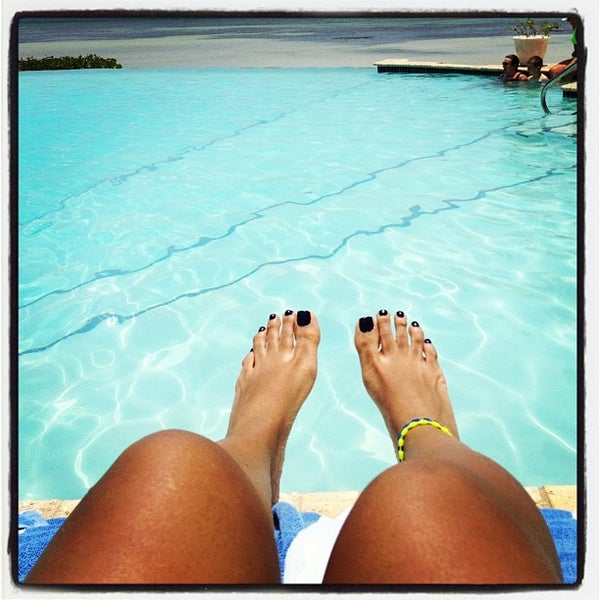
Yes, yes! Few people know that only in the Dominican Republic, and nowhere else in the world (!), the unique semi-precious stone Larimar is mined, the color resembling the azure of sea water. Many legends and myths are associated with it. We will definitely be lucky enough to collect Caribbean turquoise right among the sea pebbles, and then get to know a local jeweler in an authentic workshop.
Being in the Dominican Republic and not tasting the local coffee is a terrible violation! Therefore, we will go to a cozy place on the shortest river of the island, and of the whole world (Top 10). Clean, cool river Los Patos is only 61 meters long. We will make a stop in the shade of tropical trees on the river and taste hot Arabica coffee, as the locals say, “Dominican cafe”.
Further, along the “road of 120 turns” along the picturesque coast, we will find ourselves in the red savannah. The color of the lands of Cabo Rojo is mesmerizing. On the south side of Cabo Rojo, the turquoise clear waters of the Caribbean Sea form magnificent white beaches that will surprise you with their charm.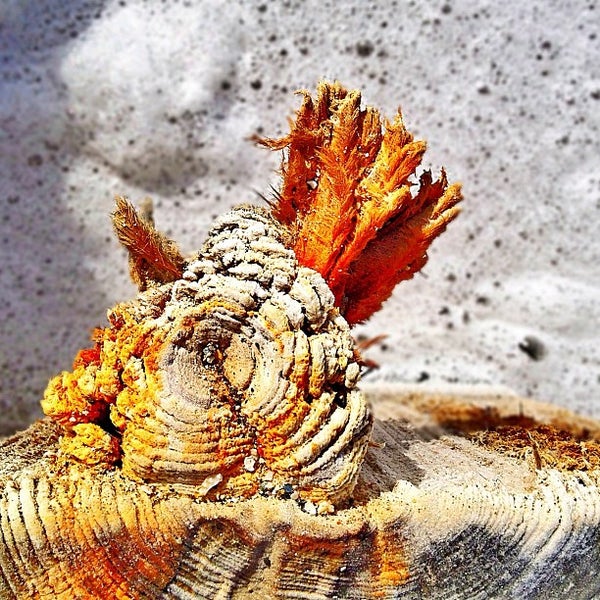
In the Jaragua reserve, we will visit one of the most beautiful and uncrowded beaches in all of Hispaniola – Bay of Eagles (Baya de las Aguilas), where there are no buildings and roads, which can be reached by boat, taking a walk among the coral rocks. On the beach we will have free time to relax, walk and swim. It is recommended to take a mask for swimming, because huge starfish live in the waters of Jaragua.
After relaxing on the beach, we will head to Punta Cana, where we will stop for a rest.
Day 7 – 11. Punta Cana
Free time at the hotel on the Atlantic coast. All inclusive meals.
Optional excursion at will (booked in advance and at an additional cost).
Day 12. Punta Cana – Kyiv
Breakfast in the hotel. Departure from Punta Cana to La Romana airport, flight to Kyiv.
Arrival in Kyiv at 15:30 11.03.2021
Additional information:
The program is subject to minor changes.
IMPORTANT! From 01.01, each passenger must independently fill out an “Electronic ticket” at the link https://eticket.migracion.gob.do/ before departure and print the OR code (or download it to the phone). We recommend starting filling up 72 hours before the flight departure. Passengers can also fill in the “E-Ticket” website upon arrival at the airport. Upon arrival, this code must be presented at the border control.
From 01.01.21, passengers will be required to fill in an E-ticket and receive 2 QR codes – for arrival at LRM and for departure from LRM.
Special conditions:
The tour can be individually calculated for any date of the year and any number of participants.
Group up to 20 people accompanied by a guide.
It is possible to search for male and female accommodation.
Hotels may be upgraded to equal or higher class under certain circumstances.
Excursion program: included in the price of the tour / optional extras.
Extension: it is possible to add nights in hotels at the beginning or end of the tour, add excursions, extend the route.

